Rising Healthcare Expenditure
Germany's increasing healthcare expenditure is a significant driver for the anti-VEGF market. With healthcare spending projected to reach €500 billion by 2025, there is a growing emphasis on investing in advanced therapies for chronic conditions, including retinal diseases. This financial commitment from both public and private sectors is likely to facilitate the adoption of anti-VEGF treatments, as healthcare providers seek to offer the best possible care to patients. The anti vegf market stands to gain from this trend, as higher spending may lead to increased availability and accessibility of innovative therapies. Moreover, the focus on value-based care may further incentivize the integration of effective anti-VEGF solutions into treatment protocols.
Supportive Reimbursement Policies
Supportive reimbursement policies in Germany are fostering growth in the anti-VEGF market. The German healthcare system, known for its comprehensive coverage, is increasingly recognizing the value of anti-VEGF therapies in treating retinal diseases. As reimbursement frameworks evolve to include these innovative treatments, healthcare providers are more likely to prescribe them, thereby increasing market penetration. The anti vegf market is likely to benefit from this trend, as favorable reimbursement conditions can enhance patient access to necessary therapies. Additionally, the alignment of reimbursement policies with clinical guidelines may further encourage the adoption of anti-VEGF treatments, solidifying their role in the management of retinal diseases in Germany.
Growing Awareness and Education Initiatives
The anti-VEGF market in Germany is benefiting from growing awareness and education initiatives aimed at both healthcare professionals and patients. Campaigns designed to inform about the risks and symptoms of retinal diseases are crucial in promoting early diagnosis and treatment. As awareness increases, more patients are likely to seek medical attention, leading to higher demand for anti-VEGF therapies. The anti vegf market is thus positioned to expand as healthcare providers respond to this increased patient influx. Furthermore, educational programs that highlight the importance of adherence to treatment regimens may improve patient outcomes, ultimately driving market growth. This trend indicates a proactive approach to managing retinal diseases in Germany.
Technological Innovations in Treatment Modalities
Technological advancements in treatment modalities are playing a pivotal role in shaping the anti-VEGF market in Germany. Innovations such as sustained-release formulations and novel delivery systems are enhancing the efficacy and convenience of anti-VEGF therapies. For instance, recent developments in implantable devices may allow for prolonged drug release, reducing the frequency of injections required for patients. This could lead to improved patient adherence and outcomes, thereby expanding the market. The anti vegf market is likely to benefit from these advancements, as they not only enhance treatment effectiveness but also reduce healthcare costs associated with frequent administration. As a result, the market may see a shift towards more patient-centric approaches in the coming years.
Increasing Prevalence of Age-Related Macular Degeneration
The anti vegf market in Germany is experiencing growth due to the rising prevalence of age-related macular degeneration (AMD). As the population ages, the incidence of AMD is projected to increase significantly, with estimates suggesting that by 2030, approximately 3 million individuals in Germany may be affected. This demographic shift is likely to drive demand for anti-VEGF therapies, which are crucial in managing this condition. The anti vegf market is thus positioned to expand as healthcare providers seek effective treatment options to address the growing patient population. Furthermore, the economic burden associated with AMD management is substantial, potentially reaching €10 billion annually in Germany, which underscores the need for innovative solutions in the anti vegf market.


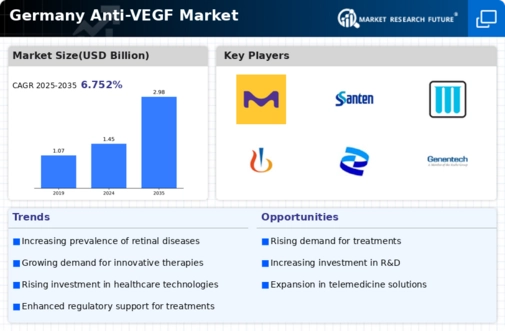
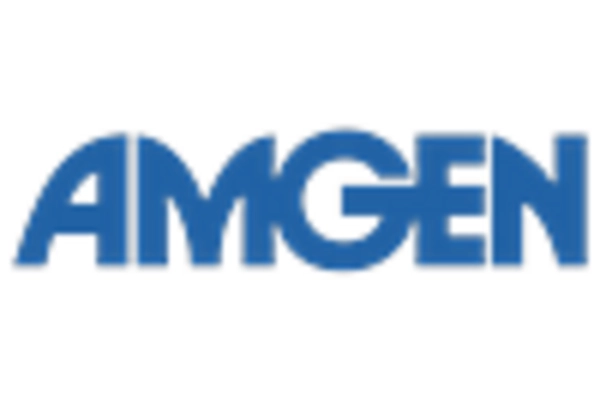
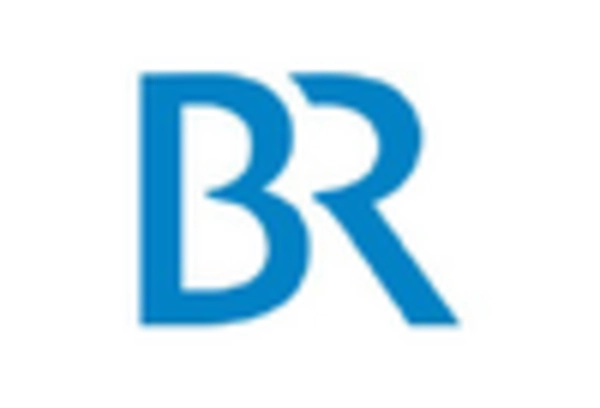

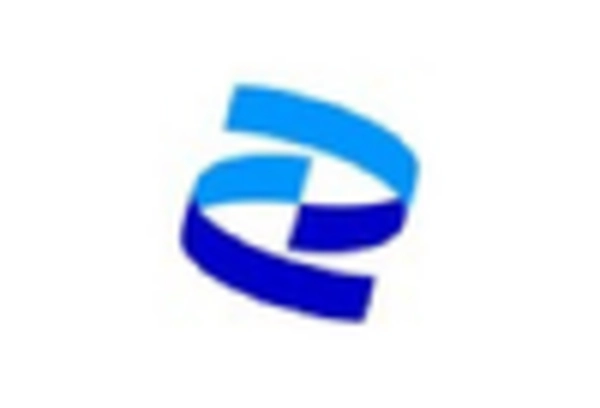
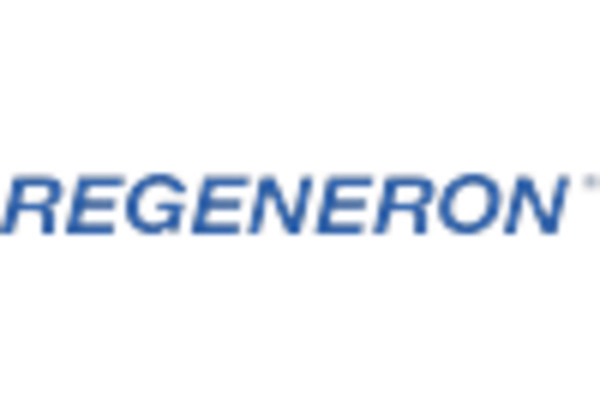
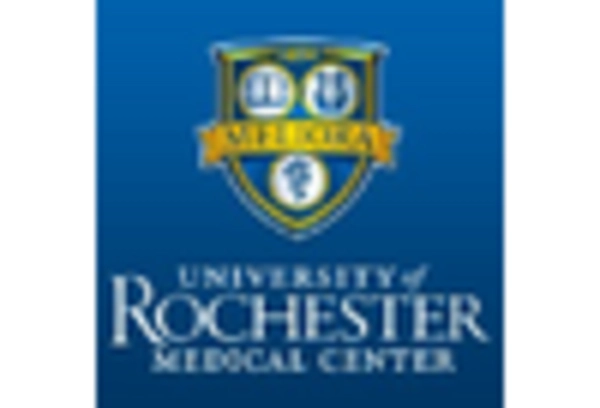








Leave a Comment